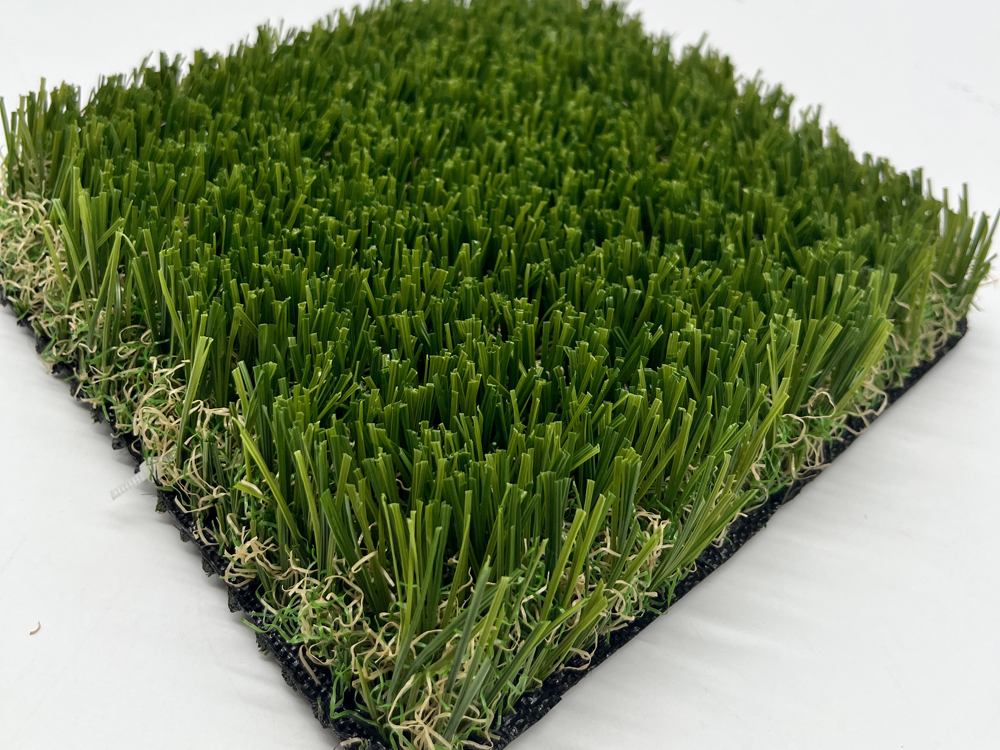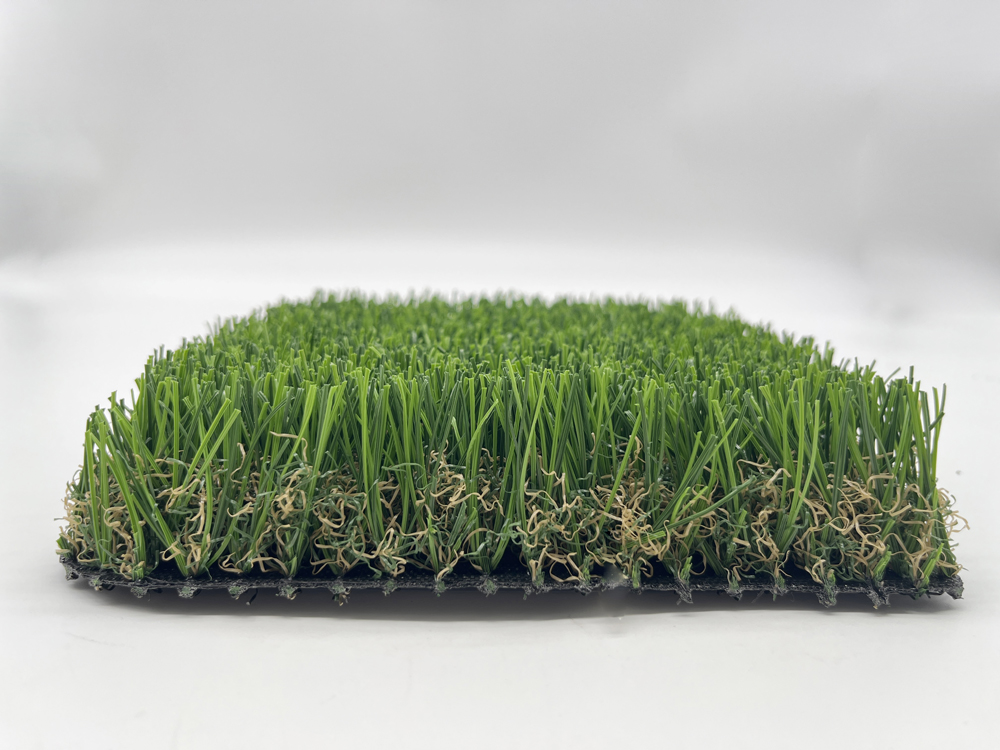Soccer coaches play a crucial role in helping their teams adapt to new playing environments, especially when transitioning from natural grass to artificial turf. Here's a guide to assist soccer coaches in facilitating a smooth transition to an artificial grass field:



1. New Footwear Requirements:
- Recommendation: Advise players to invest in soccer shoes specifically designed for artificial turf.
- Features to Look For:
- Dense and shallow treads for better traction on synthetic grass.
- Athletic stores often carry a variety of soccer shoes suitable for artificial turf.
2. Light Initial Practices:
- Approach: Keep the first few training sessions light to allow players to adjust to the feel of artificial turf.
- Reasoning: The different response of artificial turf compared to natural grass may affect players' footing initially.
- Progression: Gradually increase the intensity of practices as players become more accustomed to the artificial surface.
3. Pre and Post-Use Field Maintenance:
- Hosing Down the Field:
- Before Use: Thoroughly hose down the artificial grass field before practices or matches.
- After Use: Repeat the hosing down process after each session.
- Reasoning:
- Artificial turf tends to absorb and retain heat.
- Hosing down helps cool the surface and creates a more comfortable playing environment.
4. Familiarization with Surface Characteristics:
- Player Awareness:
- Make players aware of the characteristics of artificial turf.
- Highlight differences such as ball bounce, speed, and surface firmness.
5. Utilize Training Sessions for Adaptation:
- Adaptation Drills:
- Design drills specifically focused on helping players adapt to artificial turf.
- Include exercises that emphasize ball control, quick movements, and changes in direction.
6. Schedule Controlled Scrimmages:
- Purpose:
- Organize controlled scrimmages on the artificial turf to simulate match conditions.
- Allow players to practice strategies and get comfortable with the field dynamics.
7. Address Initial Discomfort:
- Open Communication:
- Encourage players to communicate any discomfort or challenges they experience.
- Address concerns promptly to ensure a positive transition experience.
8. Emphasize Positive Aspects:
- Highlight Benefits:
- Emphasize the benefits of artificial turf, such as reduced maintenance, consistent playing surface, and potential cost savings.
- Foster a positive mindset among players regarding the transition.
9. Professional Installation Assurance:
- Quality Field Installation:
- Ensure that the artificial grass field is professionally installed by experienced installers like Synthetic Grass DFW.
- Verify the presence of a robust drainage system to prevent issues with water accumulation.
By implementing these strategies, soccer coaches can guide their teams through a successful transition to an artificial grass field, promoting player confidence and performance on the new surface.
